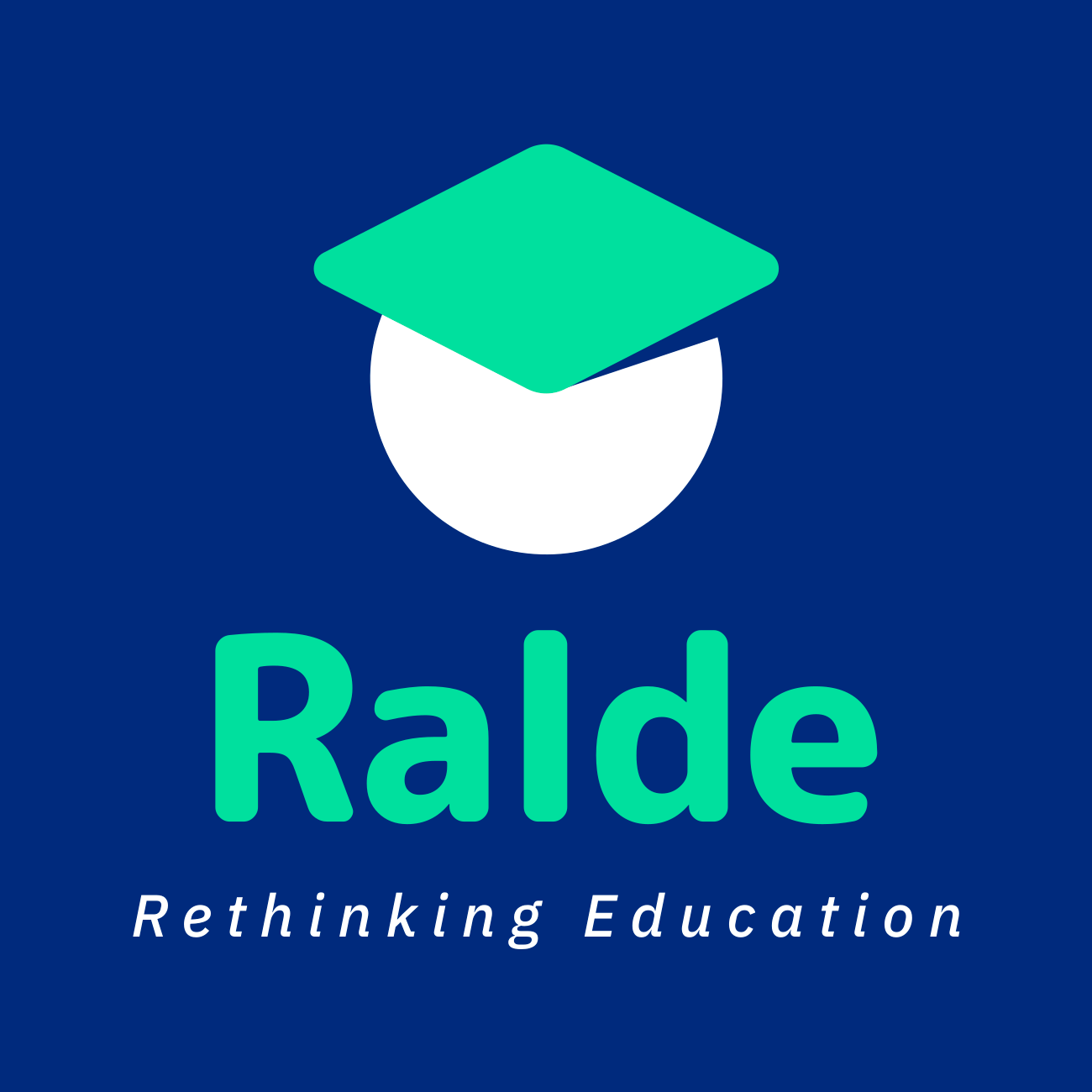Problem based learning, what is it and how to apply
Problem-Based Learning (PBL) is an innovative educational approach that has been pivotal in reshaping the learning experience in universities all around the world. PBL shifts the focus from traditional lecture-based teaching to an active, student-centered process. In this approach, students are presented with real-world problems and encouraged to work collaboratively to find solutions, inspiring critical thinking and problem-solving skills. It empowers students to take charge of their learning, promoting self-directed inquiry and deeper understanding of subject matter. In short, it prepares the students for life after academia in a way we don’t always see with classical lecture formats.
However, applying PBL in educational settings does involve careful planning and execution. The classical teacher role is replaced with tutors as facilitators, guiding students through the problem-solving process without providing direct solutions. This approach encourages learners to explore various information sources, engage in meaningful discussions, and apply their knowledge in practical contexts.
Our teacher manual on PBL at RALDE delves into these aspects, offering insights from our expert’s experiences and practical guidance for educators looking to implement this method. It highlights the successful integration of PBL into curricula, the challenges faced, and the strategies employed to overcome them. By sharing our journey and learnings in PBL, we aim to inspire and equip future educators with the knowledge and tools to effectively apply this transformative approach in their teaching practices.
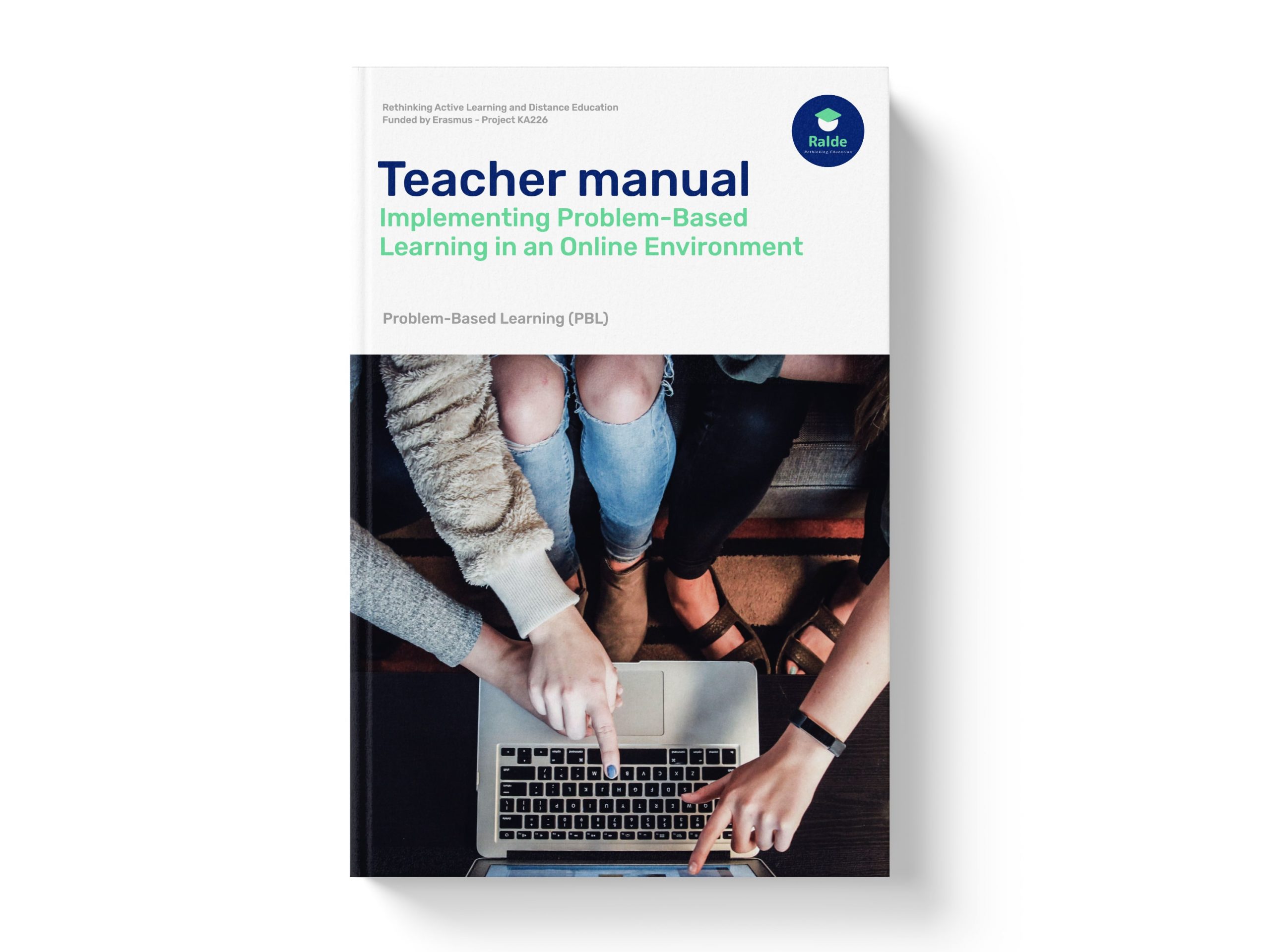
WHAT TO EXPECT
Introduction to PBL
Understanding the essence of Problem-Based Learning, its student-centered approach, and its role in enhancing critical thinking, problem-solving, and self-directed learning.
Different Types of PBL
Insight into various PBL methodologies, emphasizing the roles of students and tutors in the learning process.
Tips for Successful Online Teaching
Practical advice for educators on technology selection, audience engagement, time management, fostering communication, and adaptability in online teaching settings.
Our own example
The RALDE team has developed a unique example of a Problem-Based Learning (PBL) session, centered around the seminal “Meselson-Stahl experiment” of 1958, which demonstrated the semiconservative nature of DNA replication. This case serves as a model for how online PBL can be conducted, with specific remarks for online settings detailed in the document. By focusing on this pivotal moment in biology, the case presents an engaging and relevant context for learning about DNA replication and its importance.
This PBL case is a prime example for educators looking to implement PBL in their teaching. It illustrates how to take a complex scientific topic and break it down into approachable problem statements and learning objectives. For instance, questions like the function and structure of DNA and RNA, the three-dimensional structure of DNA, and the process of DNA replication and RNA formation are explored in this case.
It demonstrates the power of using real-world scientific problems to engage students, encouraging them to think critically and develop a deeper understanding of the subject. The case also showcases how to structure a PBL session, including how to guide students in formulating their own problem statements and learning goals. This approach not only enhances students’ knowledge but also develops their research, analytical, and collaborative skills, which are essential for their academic and professional growth.
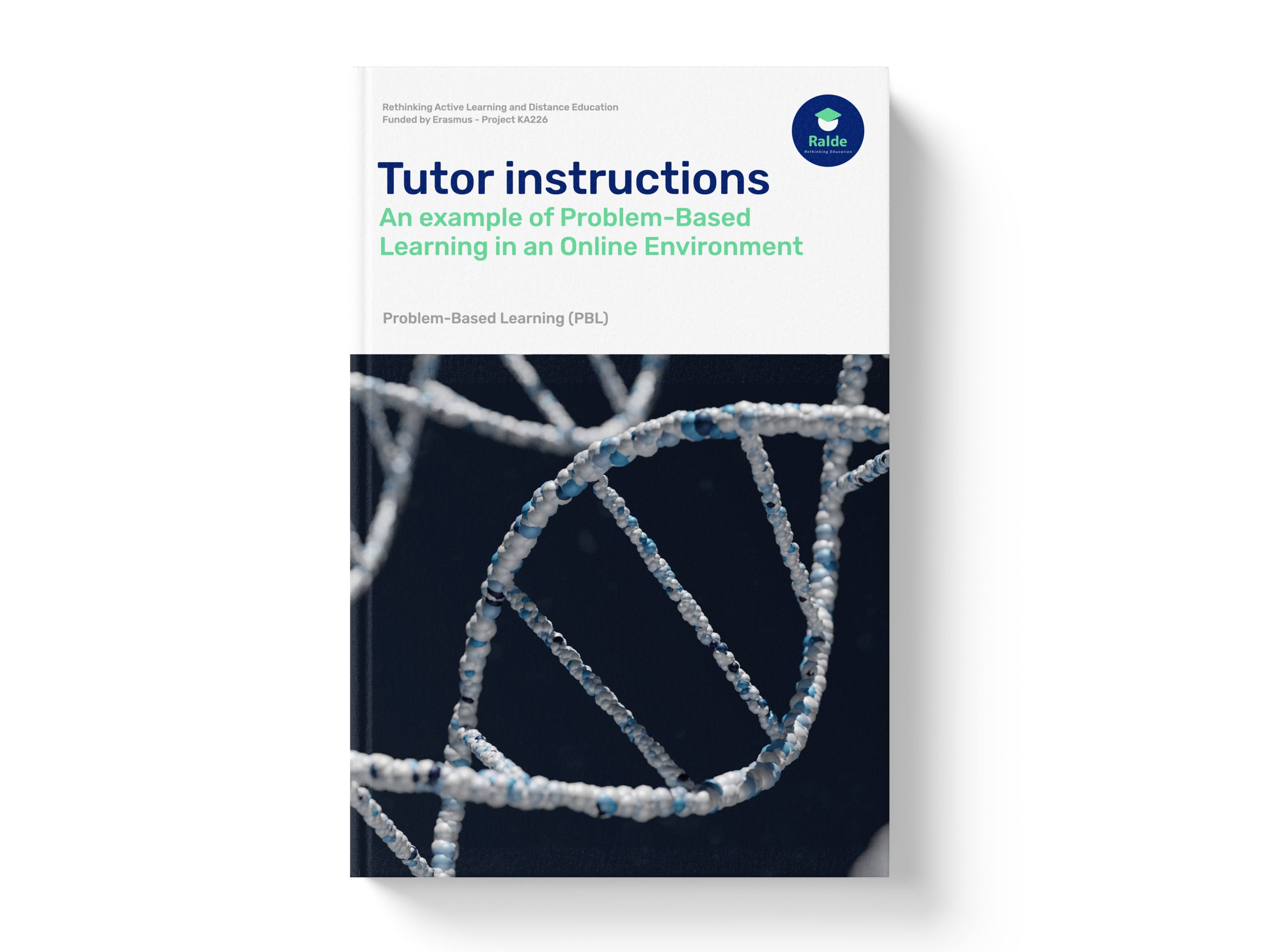
Download the PBL Materials
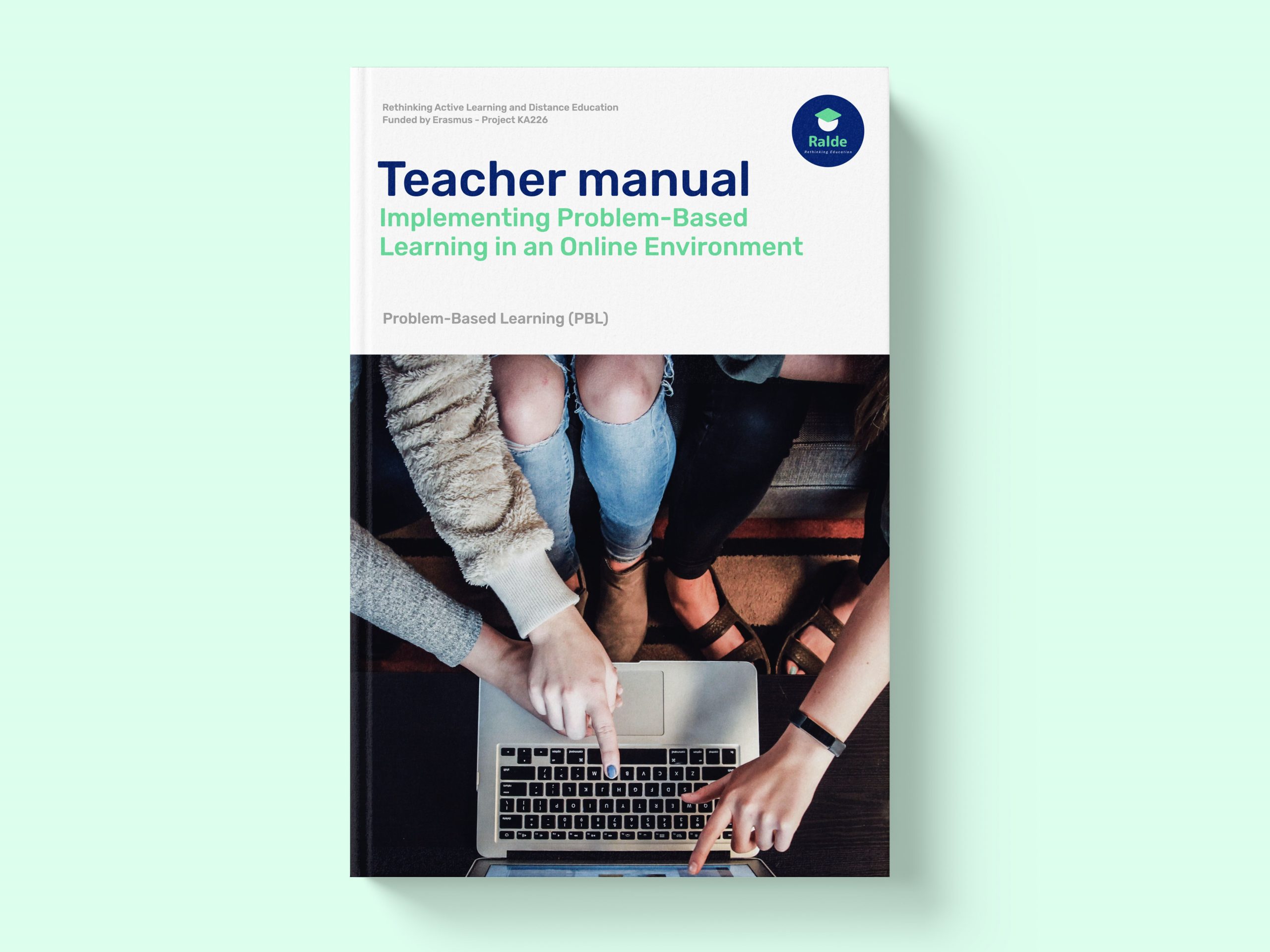
Implementing Problem-Based Learning in an Online Environment
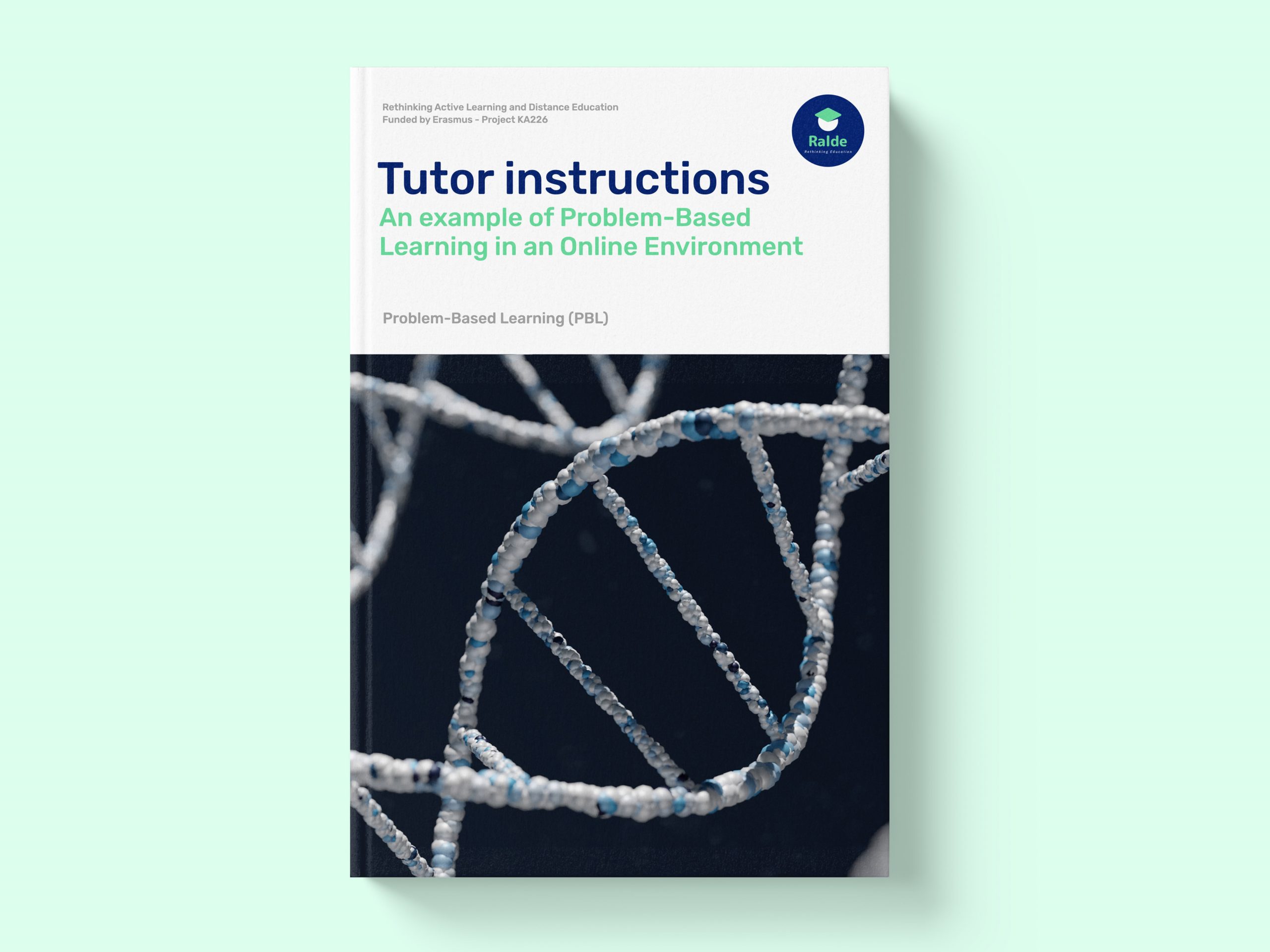
Tutor instructions for Problem-Based Learning in an Online Environment
